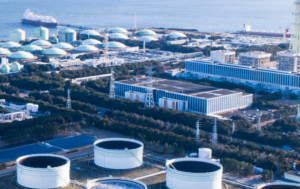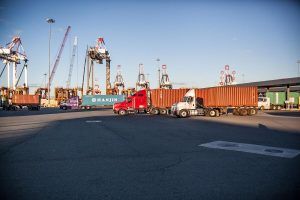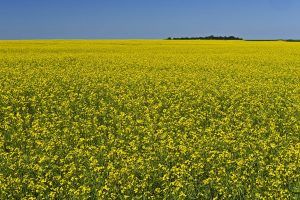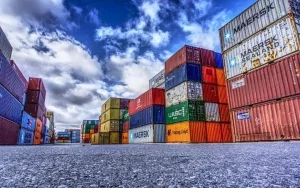
Imports of energy products to Japan following the Fukushima accident
Japan increased its dependence on imports of energy products following the nuclear accident at the Fukushima Daiichi plant. This accident occurred on March 11, 2011,

Japan increased its dependence on imports of energy products following the nuclear accident at the Fukushima Daiichi plant. This accident occurred on March 11, 2011,

In Canada’s trade in 2023, product exports recorded a year-on-year drop of 1.4 percent, while imports grew 1.4 percent. Consequently, exports declined to C$768.655 million

Import and export trends for some of the world’s major trading economies best illustrate patterns of trade growth during the third quarter of 2022. With

The Australian government expects global commodity trade to be further reshuffled over the next year as new sanctions are imposed on Russia: as developed Western

Canada‘s canola (rape or colza seeds) exports to Mexico grew at a year-on-year rate of 22.2% from January to April 2022, to US$301.6 million. Canada

UNCTAD analyzed the impact of 15 sectors affected by the Covid-19 pandemic on international trade flows in the world, comparing the last three years. Overall,

Canada achieved a growth of 61.7% year-on-year in its exports of energy products in 2021, to 143,671 million dollars, reported Statistics Canada. With this, the

Imports of goods from Latin America and the Caribbean grew at a year-on-year rate of 32% in value in 2021, the largest increase since 2010,

The Economic Commission for Latin America and the Caribbean (ECLAC) highlighted that the prices of energy products, mainly oil, are projected to be 58% higher

In commodity trading, the use of blockchain and data processing is growing, according to a report from the United Nations Conference on Trade and Development

Japan increased its dependence on imports of energy products following the nuclear accident at the Fukushima Daiichi plant. This accident occurred on March 11, 2011,

In Canada’s trade in 2023, product exports recorded a year-on-year drop of 1.4 percent, while imports grew 1.4 percent. Consequently, exports declined to C$768.655 million

Import and export trends for some of the world’s major trading economies best illustrate patterns of trade growth during the third quarter of 2022. With

The Australian government expects global commodity trade to be further reshuffled over the next year as new sanctions are imposed on Russia: as developed Western

Canada‘s canola (rape or colza seeds) exports to Mexico grew at a year-on-year rate of 22.2% from January to April 2022, to US$301.6 million. Canada

UNCTAD analyzed the impact of 15 sectors affected by the Covid-19 pandemic on international trade flows in the world, comparing the last three years. Overall,

Canada achieved a growth of 61.7% year-on-year in its exports of energy products in 2021, to 143,671 million dollars, reported Statistics Canada. With this, the

Imports of goods from Latin America and the Caribbean grew at a year-on-year rate of 32% in value in 2021, the largest increase since 2010,

The Economic Commission for Latin America and the Caribbean (ECLAC) highlighted that the prices of energy products, mainly oil, are projected to be 58% higher

In commodity trading, the use of blockchain and data processing is growing, according to a report from the United Nations Conference on Trade and Development